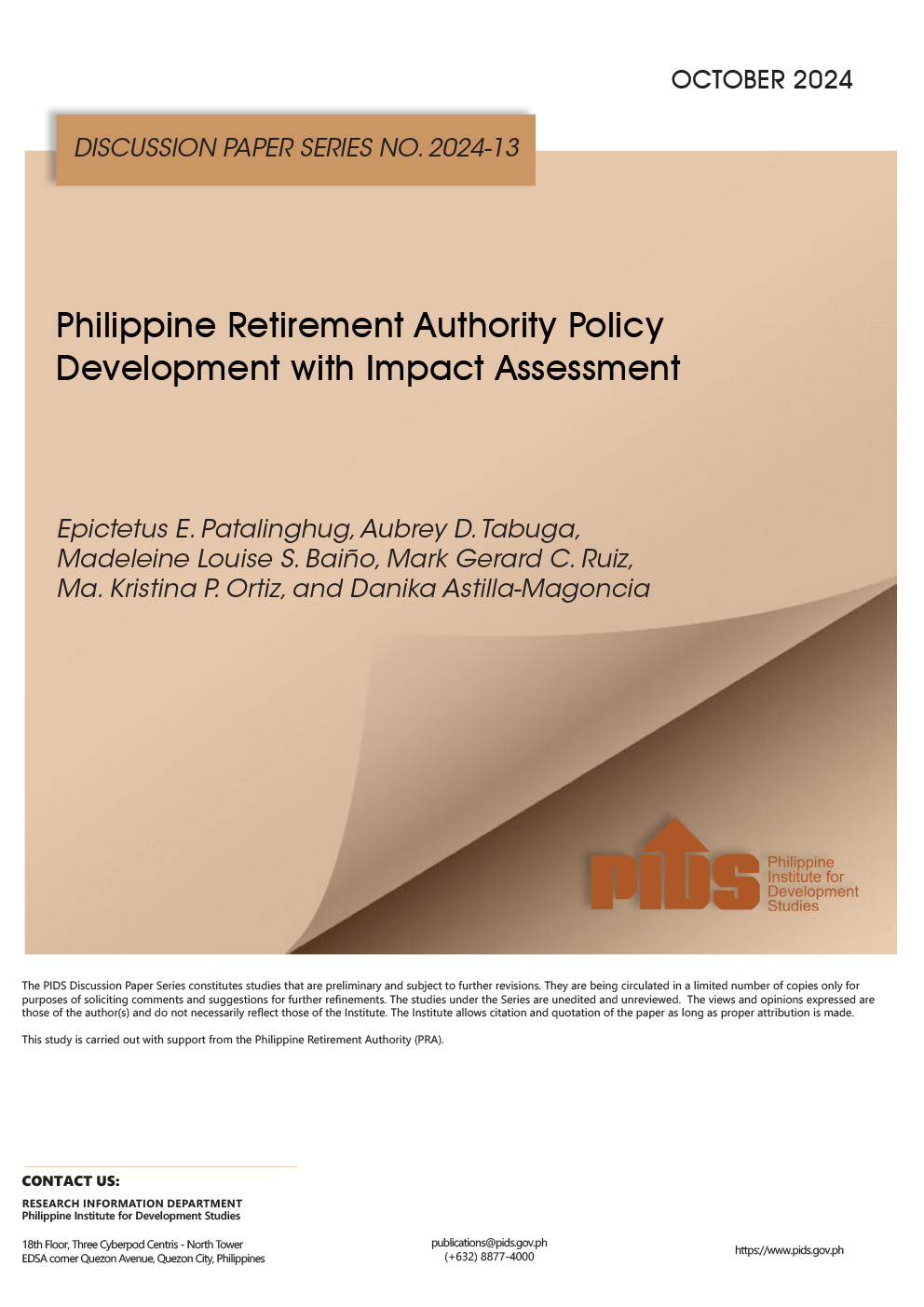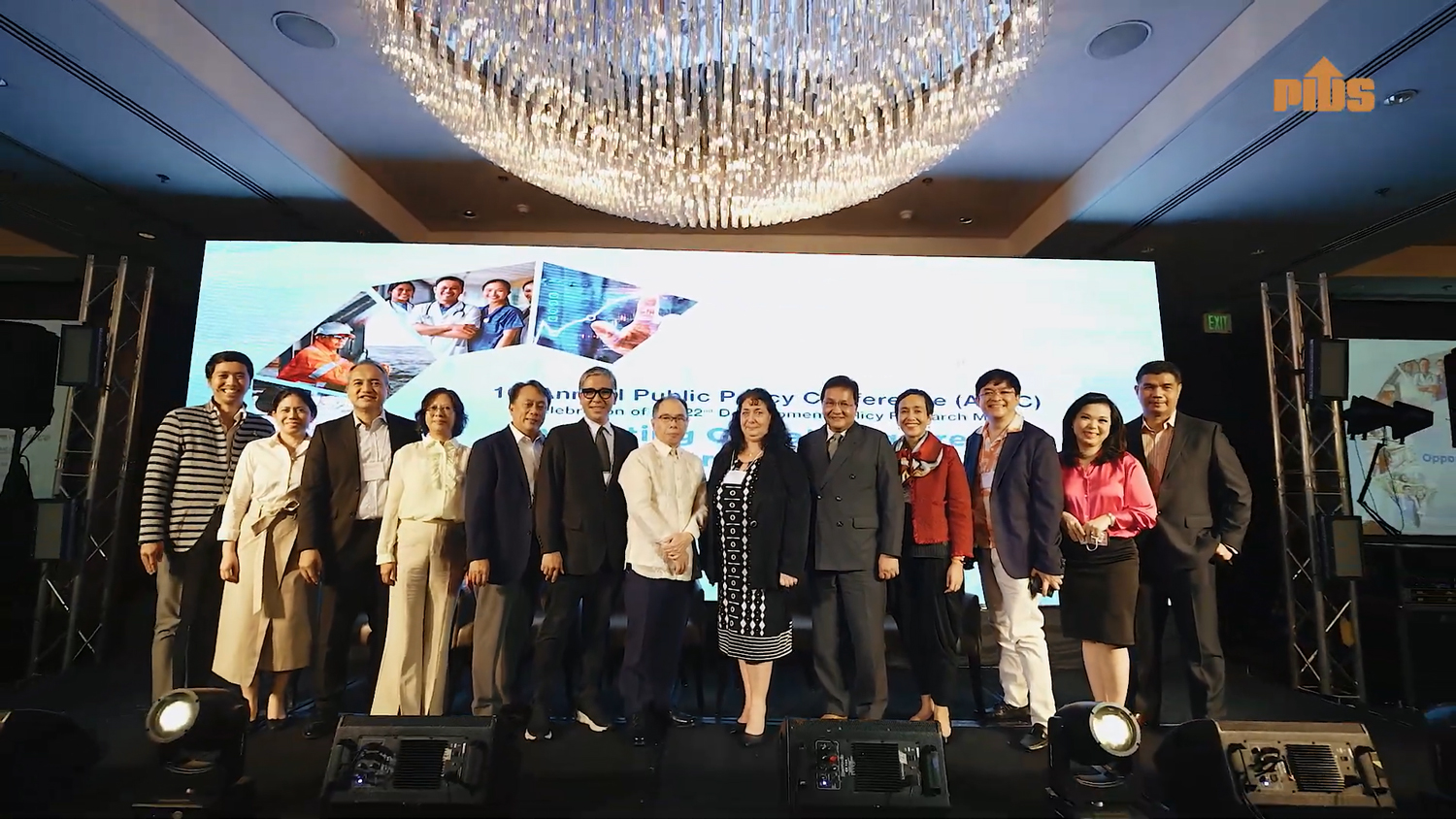MANILA, Philippines - The Philippines must pursue a new industrial policy to make its manufacturing sector competitive and take advantage of increased trade and investment opportunities offered by Asean market integration next year.
"This (policy) is crucial not only to upgrade Philippine industries, generate more and better jobs, and reduce poverty but also to take advantage of the market opportunities and face the challenges arising from the Asean Economic Community,” said Philippine Institute for Development Studies (PIDS) senior research fellow Rafaelita Aldaba.
In a study, Aldaba said this is imperative especially as the Philippines is now seen as a new growth market amidst the rapidly changing global conditions, with emerging economies becoming key players.
She believes that there are various potential growth areas that will enable the Philippine manufacturing industry catch up with neighboring countries experiencing substantial increases in manufacturing.
Aldaba cited as examples classic products where the Philippines has remained competitive, such as copper ores, unmanufactured tobacco, vegetable textile fibers, knitted clothing, machinery products and chemical products.
She also listed emerging product champions such as animal products like milk and cream; manufactured tobacco, parts of electric power machinery and glass and chemical products. Marginal or promising group include pulp and paper, edible products, ship, boat, motorcycles, aircraft associated equipment and medical instruments.
"The policy focus is to observe and craft measures to help them grow, survive import competition and become exporters,” added Aldaba, also the Asst. Secretary for Industry Development and Trade Policy Group of the Department of Trade and Industry (DTI).
She said industry policies will focus on horizontal and vertical measures and a coordination mechanism to enhance firm productivity, strengthen supply chains to enable firms to move up the technology scale, link domestic firms with multinational companies and aggressively court more investment.
Aldaba said horizontal measures cover human resource development, small and medium enterprises development, technology upgrading and innovation, investment promotion and a competitive exchange rate policy.
These also address issues such as high power and logistics cost, smuggling, and infrastructure weaknesses.
On the other hand, vertical measures will address gaps in industry supply chains and expand the domestic market base as springboard for exports, she further said.












